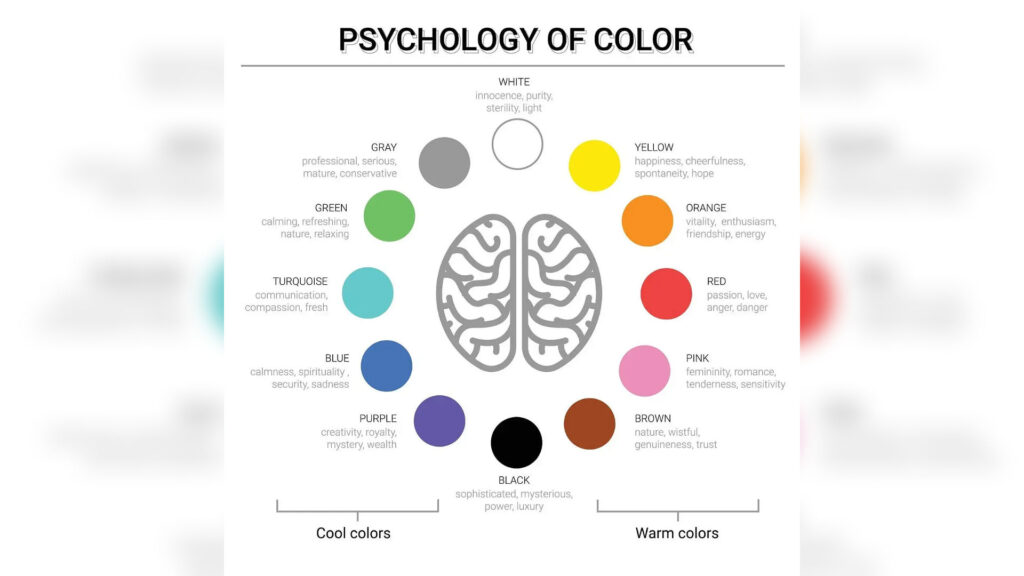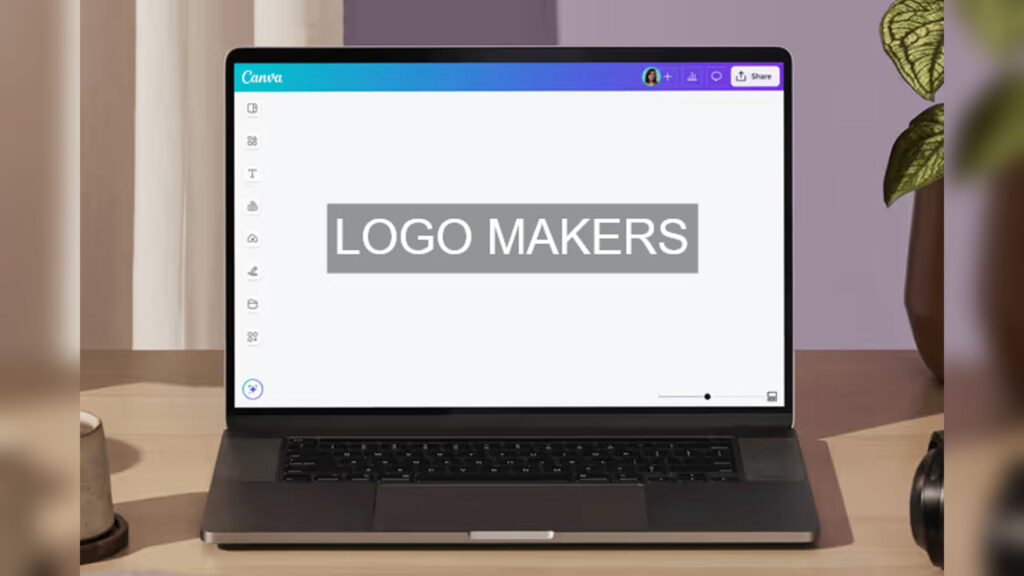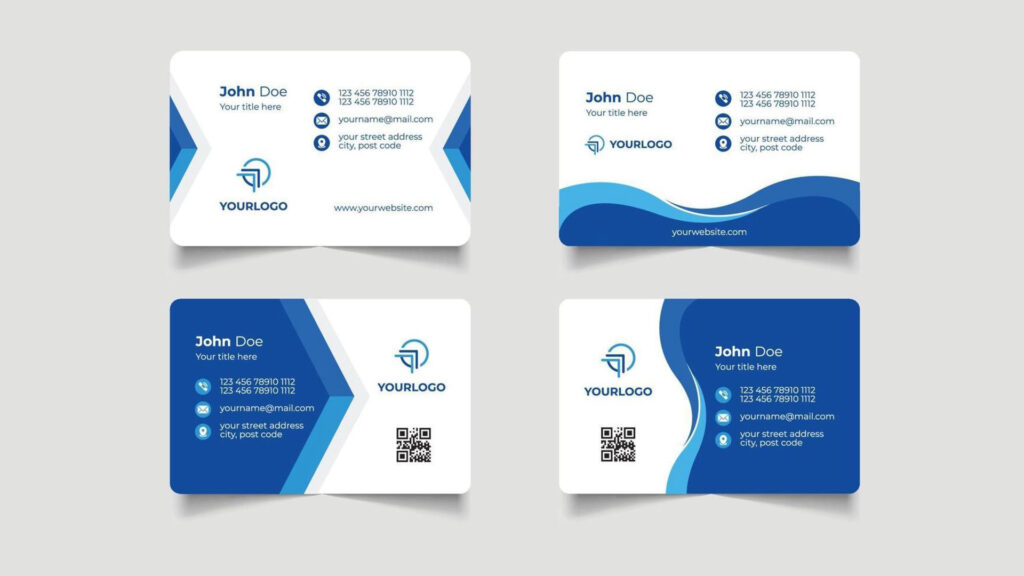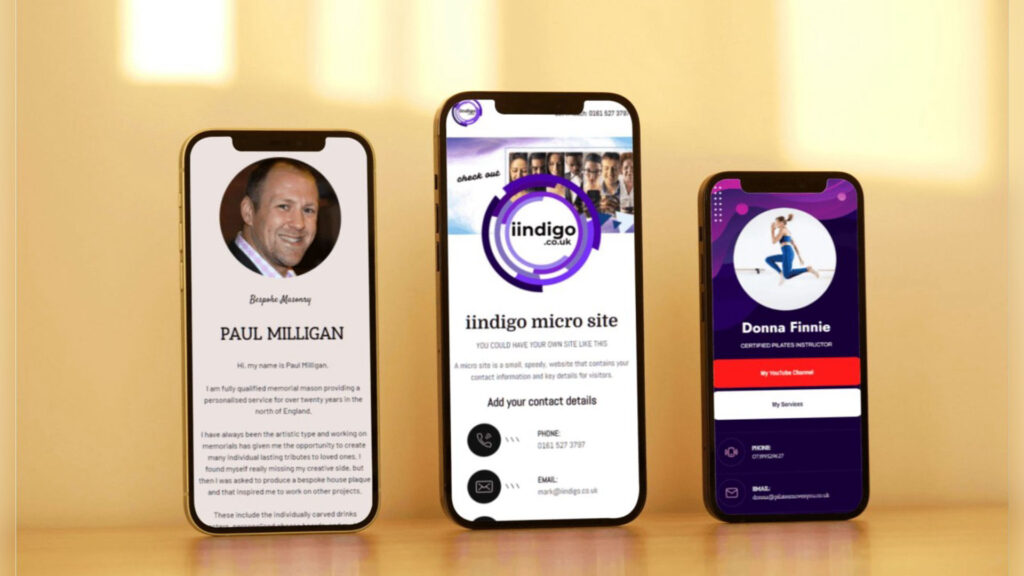Table of Contents
ToggleIntroduction: Why Book Cover Design Is the Key to Gaining More Readers
Let’s be honest—people judge books by their covers. In an age where readers scroll through thousands of books on Amazon, Wattpad, and Kobo, your cover is your first impression. And in many cases, it’s your only chance to make a reader stop, click, and consider your story.
No matter how brilliant your plot or well-written your characters are, poor book cover design will drastically limit your reach. On the flip side, an eye-catching, professionally designed cover can dramatically increase your chances of being noticed, remembered, and read.
So if you want more readers—whether you’re a self-published author or part of a publishing house—these book cover tips are for you. In this article, we’ll break down ten actionable tips that will transform your book cover from forgettable to irresistible.
1. Understand Your Genre Before You Design
Each book genre has a specific visual language. A romance novel looks different from a sci-fi thriller. A historical biography shouldn’t have the same vibe as a children’s adventure book.
Why This Matters
Readers subconsciously associate colors, fonts, and imagery with certain genres. If your cover doesn’t follow these cues, it might confuse potential readers and drive them away.
What To Do
-
Research top-selling books in your genre.
-
Note common themes, font styles, color schemes, and image types.
-
Use these patterns as a foundation—but still find a way to stand out.
Book Cover Tip: Never try to appeal to “everyone.” Know your audience and design for them first.
2. Prioritize Readability at All Sizes
Your book cover must be legible at full size and thumbnail size. Why? Because most people will first encounter your book as a tiny image on a website or app.
What Happens Without This Tip?
If your title or author name is hard to read at thumbnail size, your book won’t stand out. You’ll lose out on readers before they even get a chance to read your blurb.
How To Fix It
-
Use bold, simple fonts.
-
Avoid overcrowding the design with too many elements.
-
Make sure there’s strong contrast between text and background.
Book Cover Tip: Test your cover at 100px wide. If the title still pops, you’re on the right track.
3. Choose the Right Font (And Don’t Use Too Many)
Fonts aren’t just decorative—they communicate tone, mood, and genre.
Examples:
-
A whimsical, handwritten font suits a romantic comedy.
-
A clean, sharp serif font fits a political thriller.
-
A bold, blocky font enhances an action-packed sci-fi.
Best Practices
-
Stick to 2 fonts max: one for the title, one for the author or tagline.
-
Avoid overused fonts like Papyrus or Comic Sans.
-
Always prioritize readability over flair.
Book Cover Tip: Font consistency across a book series creates a cohesive brand. Think ahead!
4. Invest in High-Quality Images or Illustrations
A pixelated image or bad illustration will ruin even the best typography. Low-quality visuals scream “amateur,” which can scare off potential readers.
Your Options
-
Photography-based covers: Use high-res, royalty-free images or hire a photographer.
-
Illustrated covers: Work with an artist who can tailor visuals to your story.
-
Stock visuals: If using stock photos, customize them enough to look unique.
Book Cover Tip: Avoid generic visuals that appear on dozens of books. Your story is unique—your imagery should be too.
5. Embrace the Power of Color Psychology
Colors aren’t just aesthetic—they evoke emotion. Choosing the right color palette can subconsciously influence how readers perceive your book.
Basic Color Moods:
-
Red – Passion, danger, power
-
Blue – Trust, calm, intellect
-
Black – Mystery, luxury, drama
-
Yellow – Happiness, energy, hope
-
Green – Growth, nature, stability
Practical Steps
-
Start with your story’s mood. Is it dark and suspenseful? Light and romantic?
-
Pick a dominant color that aligns with that emotion.
-
Use complementary colors sparingly to avoid chaos.
Book Cover Tip: Always check color contrast. Light text on a light background (or dark on dark) hurts readability.
6. Keep It Simple and Focused
The best covers don’t try to say everything—they focus on one strong message or visual.
Common Mistake
Trying to include too many characters, scenes, or symbolic elements ends up cluttering the design and confusing the reader.
Instead:
-
Highlight a single character, object, or concept.
-
Let whitespace work for you—it helps draw attention to focal points.
-
Ask: What ONE feeling or idea do I want readers to get from this cover?
Book Cover Tip: Use the “one-second rule.” If someone can’t understand your cover in one glance, simplify it.
7. Don’t Forget the Spine and Back Cover (For Print Books)
In bookstores and libraries, people often see the spine of your book first. For print editions, especially paperbacks and hardcovers, this real estate is critical.
Spine Design Must-Haves:
-
Title
-
Author name
-
Publisher logo (if applicable)
Back Cover Elements:
-
Blurb (short and snappy)
-
Author bio (with a small photo)
-
Barcode and ISBN
-
Optional: Review quote or tagline
Book Cover Tip: Match the spine color to the front cover for a seamless visual flow.
8. Use a Professional Designer (Even If You’re on a Budget)
If you’re serious about reaching more readers, you can’t afford to cut corners on design.
What a Pro Brings:
-
Industry insight and experience
-
Mastery of layout, balance, and file preparation
-
A trained eye for detail and polish
Even if you’re on a budget, consider:
-
Hiring a freelance designer from platforms like Upwork or Fiverr (check reviews!)
-
Using pre-made book cover templates customized to your genre
-
Collaborating with a local graphic design student or agency
Book Cover Tip: Make sure your designer delivers files that meet printing and eBook specs (e.g., bleed margins, DPI resolution, file format).
9. Test Your Design Before Publishing
You’re too close to your work to judge the cover objectively. That’s why testing is crucial.
How to Test:
-
Post two design options in reader groups and ask for feedback.
-
Use A/B testing on social media ads.
-
Ask neutral people—not just friends and family—for their honest reactions.
Questions to Ask Testers:
-
What genre do you think this book belongs to?
-
Would this cover make you want to read the blurb?
-
What emotion do you feel when you look at it?
Book Cover Tip: Be open to criticism. A good design grows through feedback, not ego.
10. Think Like a Marketer, Not Just an Artist
At the end of the day, your book cover is a marketing tool. It should help sell your story, communicate your brand, and attract the right readers.
Marketing-Focused Tips:
-
Ensure the cover works across platforms (Amazon, print, Kindle, social media)
-
Optimize file size and resolution for web and print
-
Brand your cover design to match your author website or book series
Book Cover Tip: Think of your cover as the thumbnail in a larger campaign—it needs to shine even when shrunk or surrounded by competitors.
Bonus Tips for Series Authors
If you’re writing a series, consistent cover branding is non-negotiable. Readers should be able to tell the books are related at a glance.
Series Design Considerations:
-
Use the same font family and layout
-
Keep the title and author name placement consistent
-
Use different but related imagery for each book
This builds trust, professionalism, and recognition.
Final Thoughts: Covers Convert Readers—So Make Yours Count
In the publishing world, your book cover is your handshake, your elevator pitch, and your storefront—all rolled into one. The best stories deserve covers that match their quality.
By using these book cover tips, you’ll do more than make your book look good—you’ll increase your chances of gaining more readers, boosting sales, and building a loyal audience that judges your cover and decides it’s worth opening.
If you’re ready to upgrade your next book cover or want personalized design suggestions, feel free to reach out. I help authors and publishers craft designs that not only look stunning but sell.
























































